Sound is a fascinating form of energy. As you sit there reading this, there is energy flowing all around you in the form of light waves, sound waves, radio waves, heat and more. You are constantly being bombarded by energy. Energy is everywhere, all the time.Moving by waves at amazing speeds, sound energy brings you knowledge about the world around you. Does a tree make a sound if it falls without anyone there to hear it? This section will answer that question and many others. You can get started by watching this video, and afterward either read more about it or start your experiments!
Select a Lesson
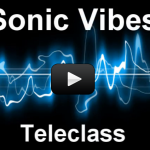 | Special Science Teleclass: Sonic Vibrations This is a recording of a recent live teleclass I did with thousands of kids from all over the world. I’ve included it here so you can participate and learn, too! Sound is a form of energy, and is caused by something vibrating. So what is moving to make sound energy? Molecules. Molecules are vibrating … Continue reading "Special Science Teleclass: Sonic Vibrations" |
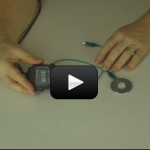 | What is Frequency? In this experiment you will be adjusting the length of string of a pendulum until you get a pendulum that has a frequency of .5 Hz, 1 Hz and 2 Hz. Remember, a Hz is one vibration (or in this case swing) per second. So .5 Hz would be half a swing per second (swing one way but not back to the start). 1 Hz would be one full swing per second. |
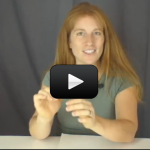 | Ear Tricks Think of your ears as 'sound antennas'. There's a reason you have TWO of these - and that's what this experiment is all about. You can use any noise maker (an electronic timer with a high pitched beep works very well), a partner, a blindfold (not necessary but more fun if you have one handy), and earplugs (or use your fingers to close the little flap over your ear - don't stick your fingers IN your ears!). |
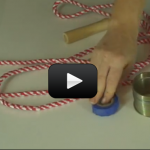 | Transverse and Longitudinal Waves Since we can't see soundwaves as they move through the air, we're going to simulate one with rope and a friend. This will let you see how a vibration can create a wave. You'll need at least 10 feet of rope (if you have 25 or 50 feet it’s more fun), a piece of tape (colored if you have it), a slinky, and a partner. Are you ready? |
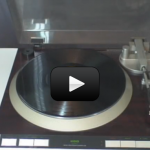 | How a Record Player Works Before CDs, there were these big black discs called records. Spinning between 33 and 45 times per minute on a turntable, people used to listened to music just like this for nearly a century. Edison, who had trouble hearing |
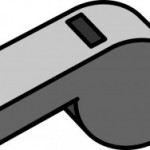 | BONUS! Nine Sonic Vibes Experiments to Mystify Your Kids Cut a piece of tissue paper the same length as a plastic comb (make sure the comb's teeth are close together). Fold the tissue paper in half, wrapping it around the teeth of the comb. Place it lightly between your lips and hummm... you'll feel an odd vibrational effect on your lips as your kazoo makes a sound! |
